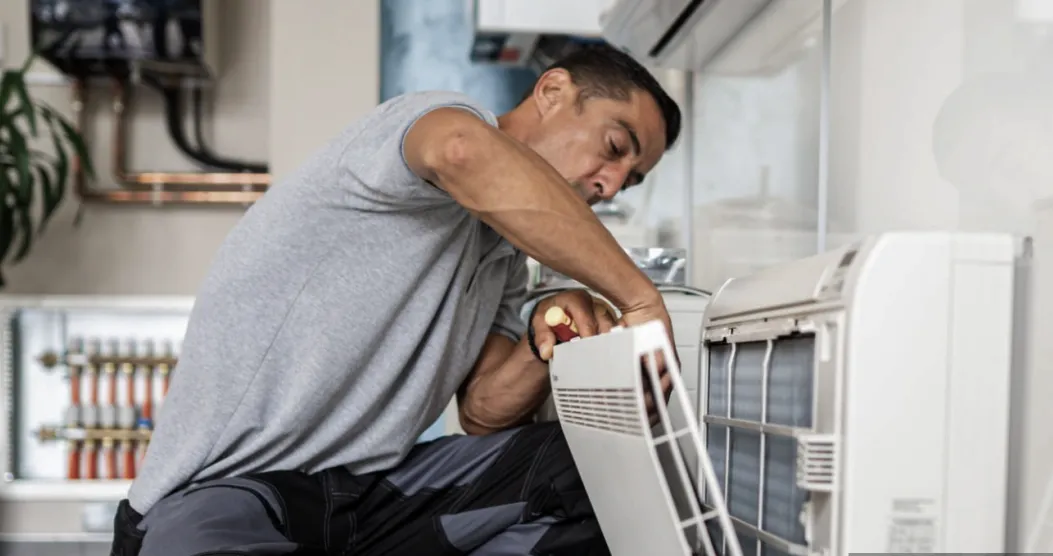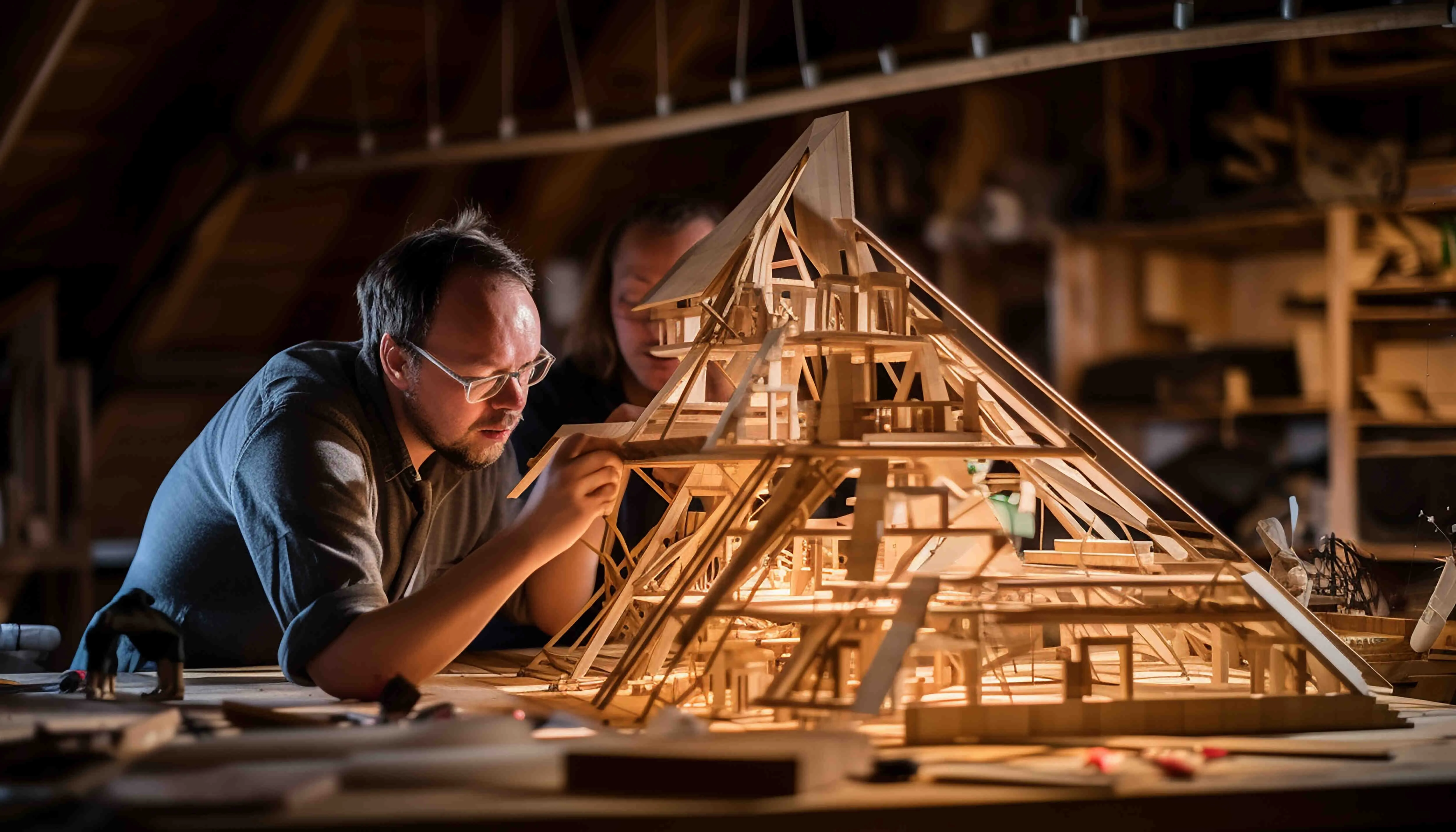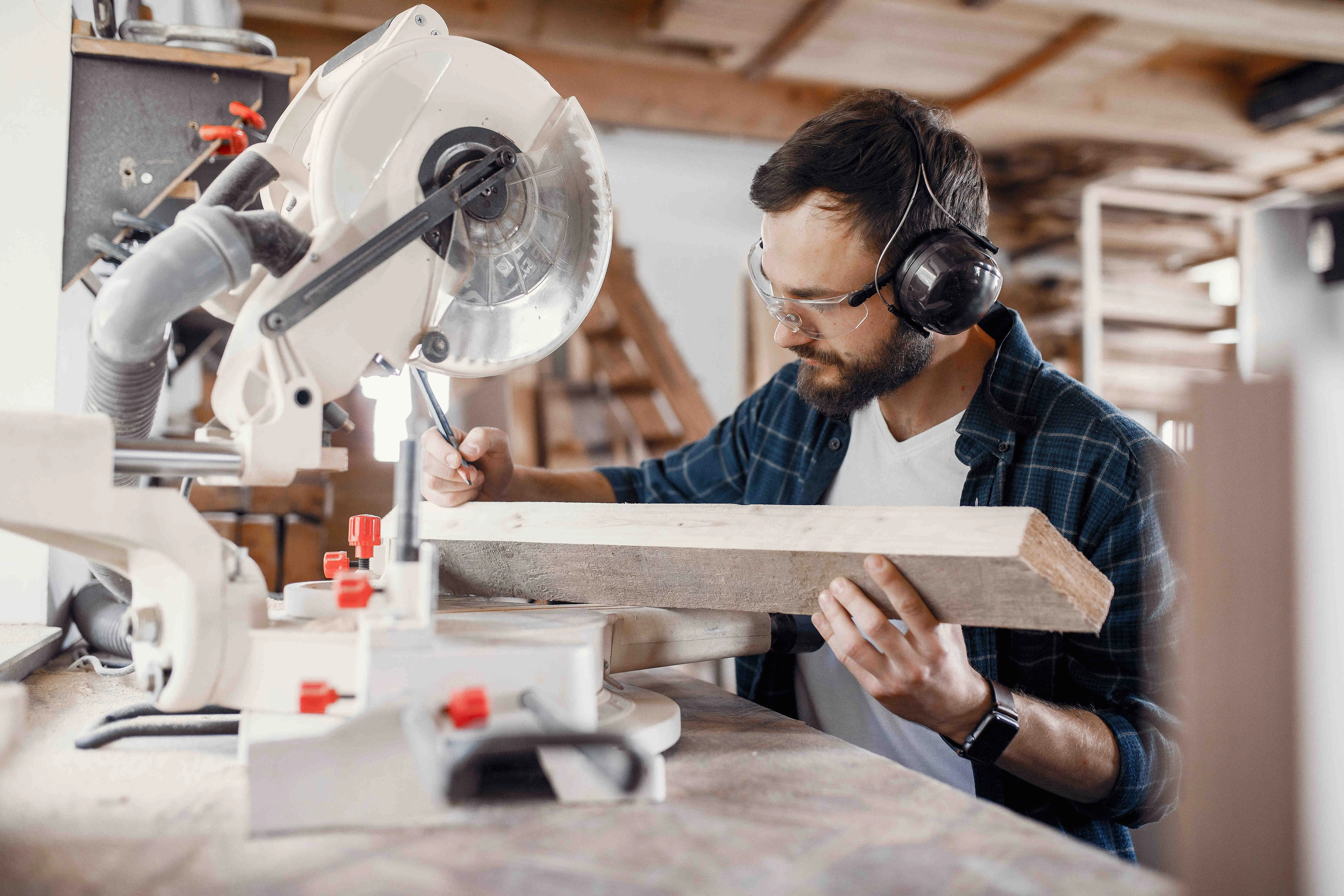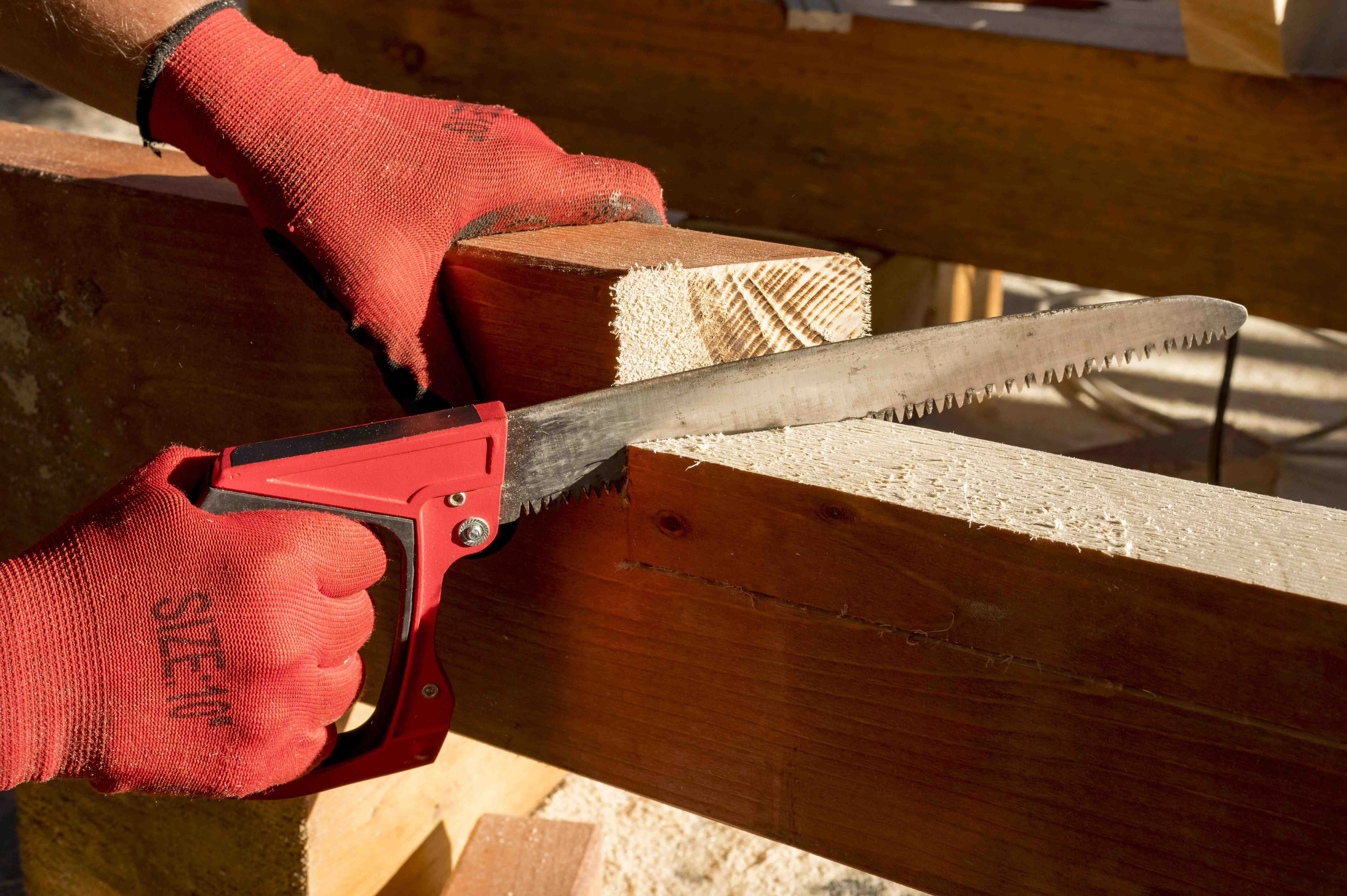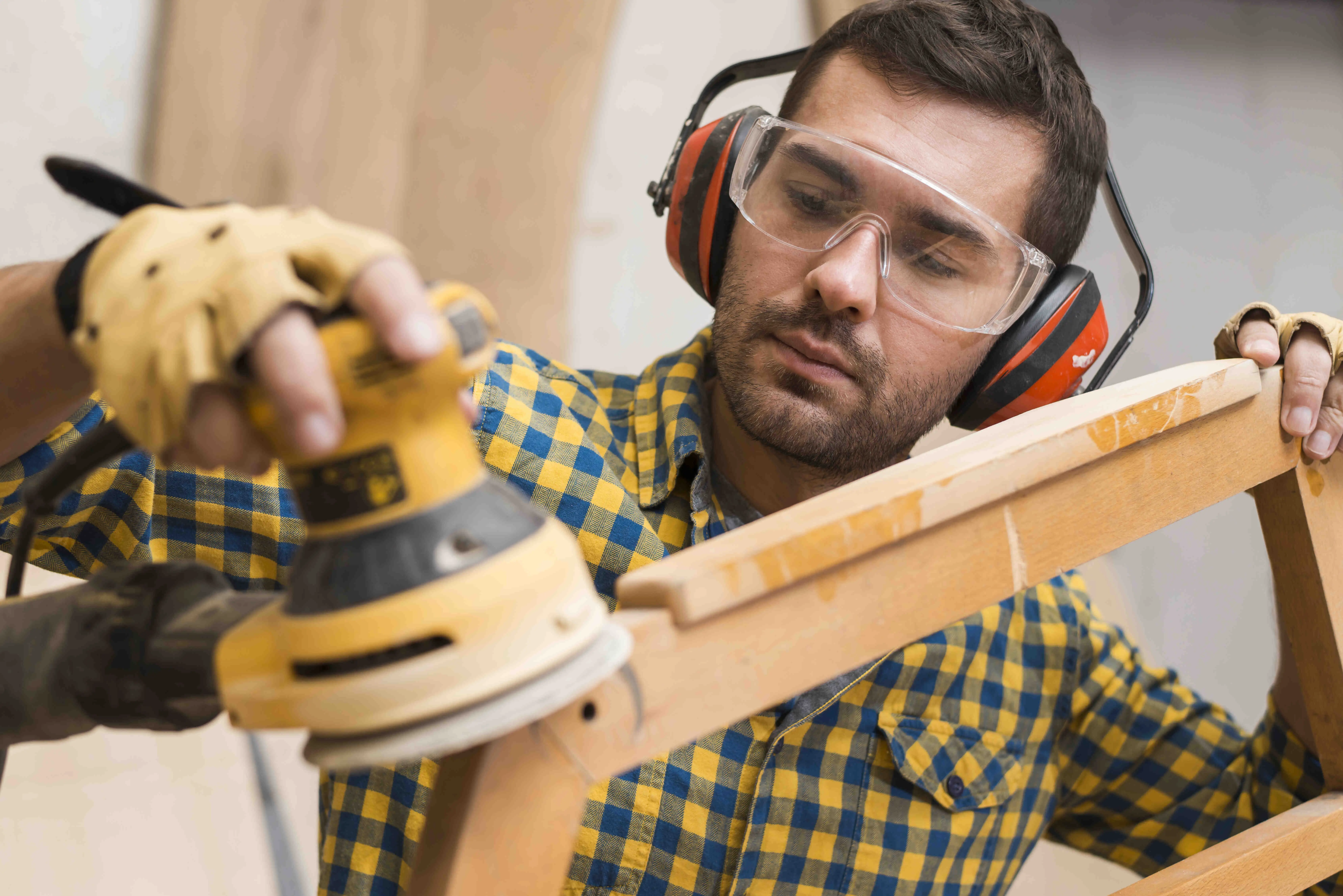
Safety First: Building a Secure Future in Carpentry
1. The Foundation of a Safe Workshop: Understanding the Risks:
The carpentry workshop is a dynamic space filled with tools and machinery. Understanding the potential risks associated with each tool and activity is the first step towards a safe working environment. From sharp cutting tools to heavy machinery, carpenters must be aware and informed.
2. Prioritizing Personal Protective Equipment (PPE):
Personal Protective Equipment (PPE) is the shield that every carpenter wears. Safety glasses, gloves, ear protection, and appropriate footwear are not just accessories; they"re a carpenter"s armour. Ensuring that PPE is used diligently is paramount in safeguarding against potential injuries.
3. The Importance of Proper Training: Equipping Carpenters with Knowledge:
Training is the linchpin of a safe working environment. Carpentry apprenticeships and workshops should emphasize not only the skills of the craft but also safety procedures and practices. From tool handling to emergency protocols, a well-trained carpenter is safer.
4. Maintaining a Clutter-Free Zone: An Orderly Workshop is a Safe Workshop:
A cluttered workshop is a breeding ground for accidents. Keeping the workspace organized, tools in designated places, and walkways clear can significantly reduce the risk of trips, falls, and injuries. An orderly workshop is the canvas for safe carpentry.
Conclusion: In the grand symphony of carpentry, safety isn"t just a note; the conductor orchestrates the performance. A safe carpentry workshop isn"t just a requirement; it"s a reflection of a responsible and professional craftsman.
Stay tuned for more in "Carpentry Chronicles," where we continue uncovering the carpentry world"s various facets.

